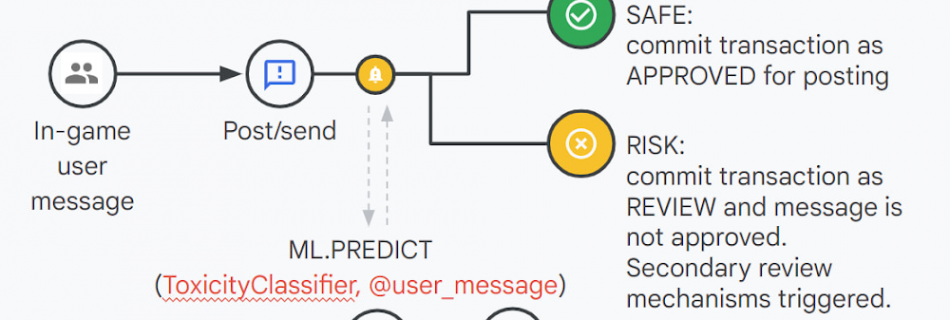Easily integrate machine learning models into applications with Vertex AI integration for Cloud Spanner
Cloud Spanner is a fully managed relational database that provides industry-leading consistency and availability at any scale. Organizations of all sizes in industries like financial services, retail, and games rely on Spanner to run their mission critical applications, but efficiently running line-of-business applications is often not enough. They want to react to business or customer …
